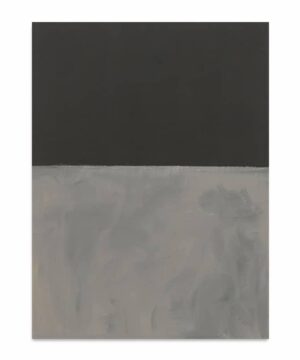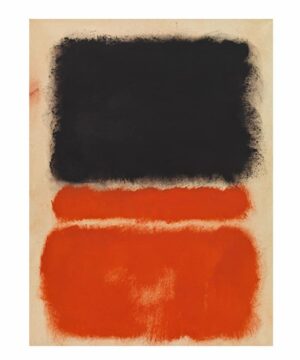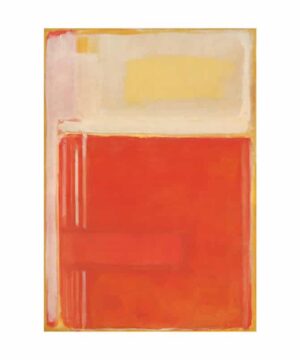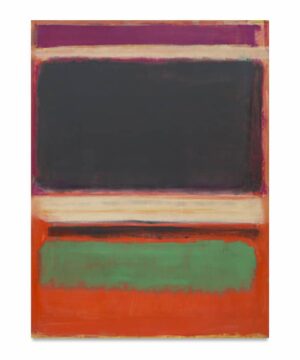Rothko
Rothko
Mark Rothko (1903 – 1970) is closely associated with the New York School of Abstract Expressionism, a circle of painters that emerged during the 1940s as a collective voice in American art. During his career spanning five decades, he created a new form of abstract art.
Rothko was born in Daugavpils, Latvia, into a highly educated family and was provided with a secular and political upbringing. At the age of five he went to cheder, where he studied the Talmud. With Jews being blamed for many of the evils that befell Russia, Rothko’s early childhood was dominated by fear. The family emigrated from Russia to the United States in 1913, where Rothko went to high school in Portland, Oregon. Outstanding results enabled him to attend Yales on a scholarship, but he decided to drop out two years later. He started a satirical magazine lampooning the school’s bourgeois tone and finally found his place in New York where he studied at Parsons School of Design under painter Arshile Gorky, who shared Rothko’s interest in biomorphic forms of European Surrealism. For Rothko, these forms would ultimately give way to the floating zones of colour over coloured grounds, the colour field paintings, for which he is best known for. Rothko spent the rest of his career exploring the limitless possibilities of layering variously sized and coloured rectangles onto fields of colour.
Towards the end of the 1960s, Mark Rothko’s health was in decline due to anxiety related drinking habits. He survived an aneurism but continued an unhealthy lifestyle despite the doctor’s orders. To put less strain on his body, he reduced the size of his canvases and switched from oil to acrylic paint. At the age of 66, the chronically depressed artist committed suicide, leaving behind a body of work that brought him commercial and critical success during his lifetime.
Showing all 4 results
-

Untitled (Black on Grey) by Mark Rothko – Canvas Giclée Print
$119.00 – $259.00 -

Untitled (Red) by Mark Rothko – Canvas Giclée Print
$119.00 – $259.00 -

No. 8 by Mark Rothko – Canvas Giclée Print
$119.00 – $259.00 -

No.3/No.13 (Magenta, Black, Green on Orange) by Mark Rothko – Canvas Giclée Print
$119.00 – $259.00
